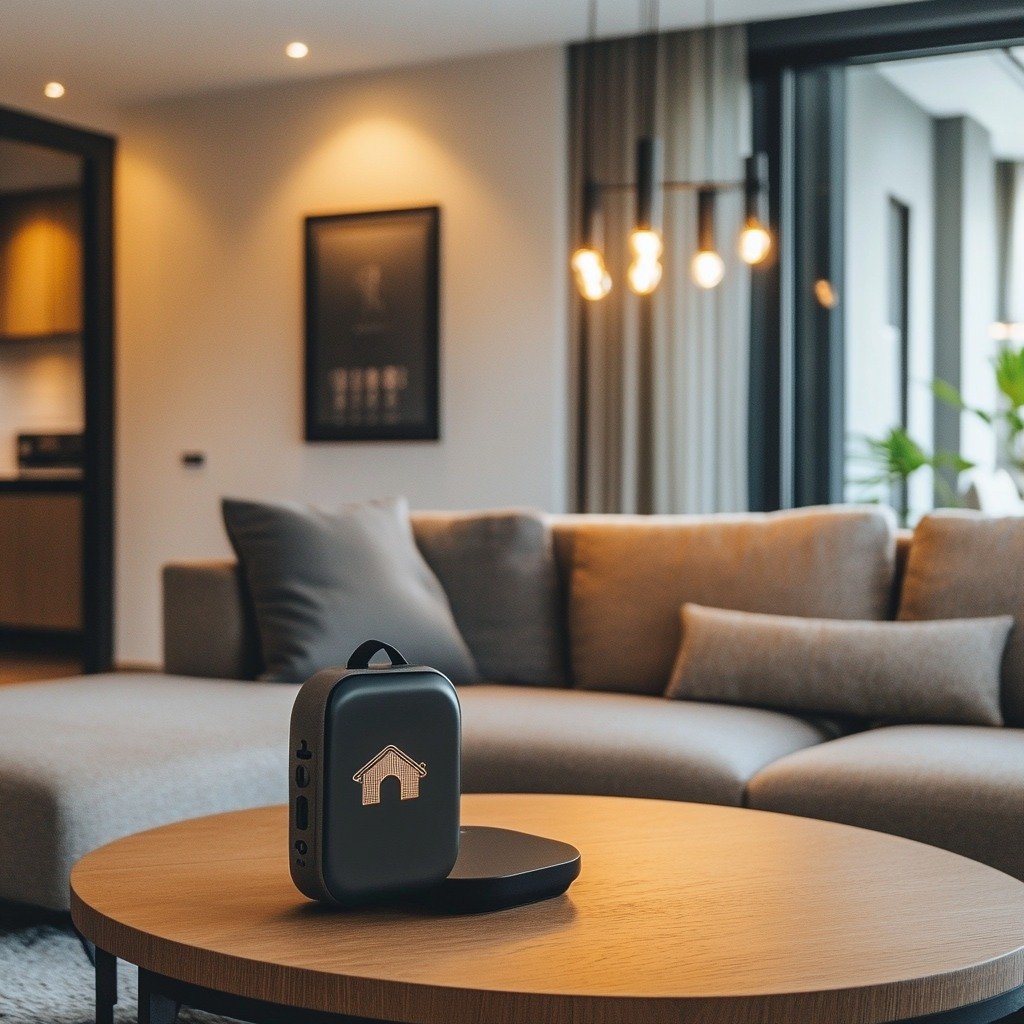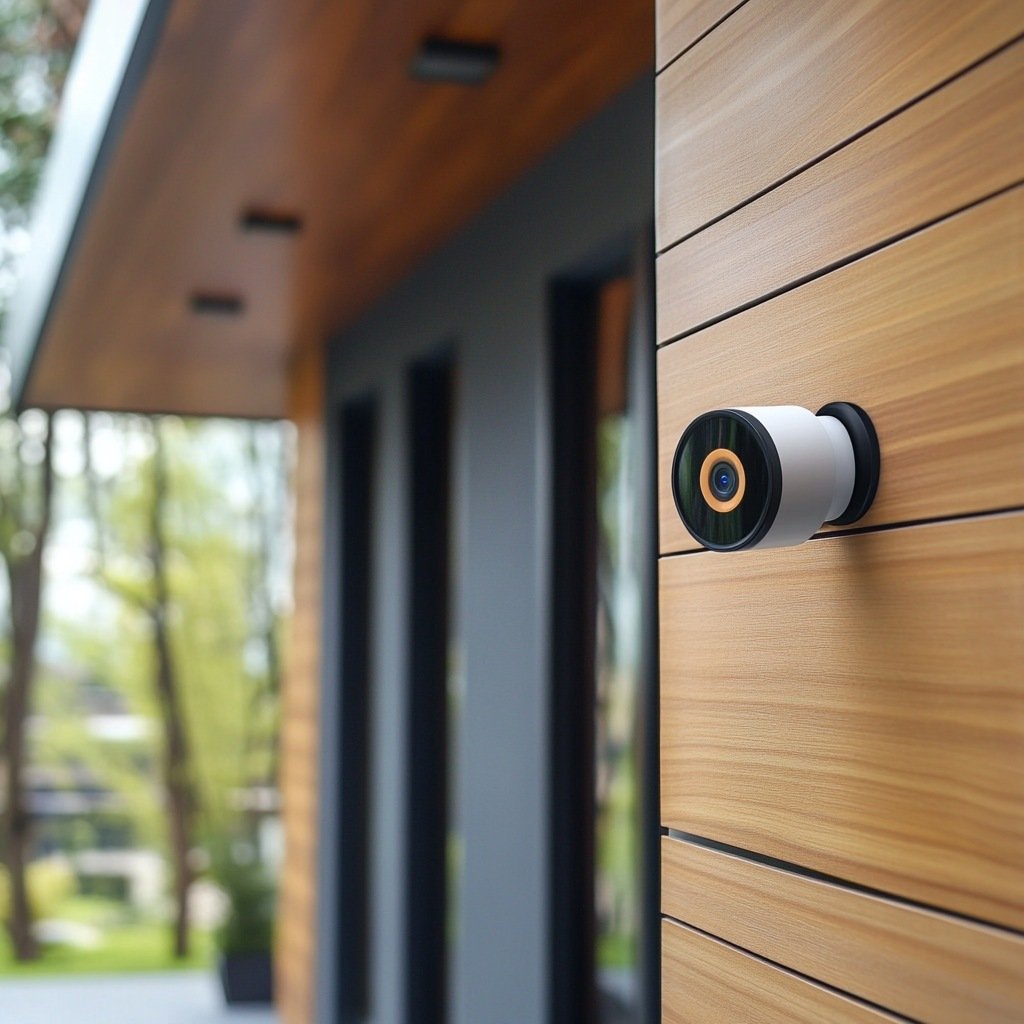Smart homes are becoming increasingly popular, offering convenience, automation, and connectivity like never before. From controlling lights with your phone to securing your doors with a touch of a button, smart devices are transforming how we live. But with this technological convenience comes the critical issue of security. Your smart home can be vulnerable to cyber threats if not properly protected. This guide will walk you through practical steps to safeguard your smart home, ensuring that your personal data and devices are well-protected.
The Future of Smart Homes: Trends to Watch in 2024 | The Best Ways to Improve Your Roof’s Energy Efficiency
The Future of Smart Homes: Trends to Watch in 2024 | Home Automation & Technology
Why Is Securing Your Smart Home Important?
Smart devices—like security cameras, thermostats, lighting systems, and voice assistants—are connected to the internet, making them vulnerable to hacking and privacy breaches. If one device is compromised, your entire home network can be at risk. Securing your smart home is vital to ensure both privacy and safety.
Tips for Securing Your Smart Home
Change Default Passwords Immediately
One of the simplest yet most overlooked steps in securing smart devices is changing the default passwords. Most devices come with generic passwords, which are easy for hackers to guess. Changing these to a strong, unique password for each device greatly reduces the risk of unauthorized access.
Tips for Creating Strong Passwords:
- Use a mix of letters (uppercase and lowercase), numbers, and symbols.
- Avoid using easily guessable information like birthdays or pet names.
- Use a password manager to keep track of all your passwords.
Enable Two-Factor Authentication (2FA)
Two-factor authentication adds an extra layer of security by requiring two forms of verification to access your account. This could be a password followed by a code sent to your phone. Even if someone gets hold of your password, they won’t be able to access your devices without the second factor.
Keep Your Devices and Firmware Updated
Smart devices often receive updates to patch vulnerabilities and improve security. Ensure all your devices’ firmware is up to date. Set your smart home devices to automatically update, or check for updates manually on a regular basis.
Secure Your Home Wi-Fi Network
Your Wi-Fi network is the gateway to your smart devices, so securing it is crucial. Follow these steps to protect your home network:
- Change the default router password: Like smart devices, routers come with default passwords. Change this to something strong and unique.
- Enable WPA3 encryption: This is the latest and most secure encryption for Wi-Fi networks.
- Create a separate network for your smart devices: Set up a guest network for your smart devices. This will isolate them from your main devices like computers and phones, adding an extra layer of security.
Disable Features You Don’t Use
Many smart devices come with additional features like remote access or voice activation that you may not need. Disabling unused features reduces the number of entry points for potential hackers.
Monitor Your Devices for Unusual Activity
Keep an eye on your smart devices for any unusual behaviour, such as unfamiliar devices connecting to your network or strange activity logs. Many smart home systems provide notifications or logs that allow you to monitor device activity. If something seems off, investigate immediately.
Use a Virtual Private Network (VPN)
A VPN encrypts your internet traffic, making it difficult for hackers to intercept your data. Use a VPN on your home network or when accessing smart devices remotely to add another layer of security.
Limit Permissions for Smart Devices
Be mindful of the permissions you grant to your smart devices. For example, does your smart assistant really need access to your contacts and calendar? Limiting permissions can minimize potential vulnerabilities.

Summary Table: Key Tips for Securing Your Smart Home
| Tip | Description |
| Change Default Passwords | Use unique, strong passwords for all smart devices. |
| Enable Two-Factor Authentication (2FA) | Add an extra layer of security for device access. |
| Keep Devices Updated | Regularly update device firmware to patch vulnerabilities. |
| Secure Your Wi-Fi Network | Strengthen Wi-Fi security with WPA3 and separate networks. |
| Disable Unused Features | Turn off unnecessary features like remote access. |
| Monitor for Unusual Activity | Watch for suspicious activity in your smart home system. |
| Use a VPN | Encrypt internet traffic to enhance security. |
| Limit Device Permissions | Only grant necessary permissions to your smart devices. |
Securing your smart home doesn’t have to be complicated. By following these tips and tricks, you can protect your devices from cyber threats and keep your home safe. Regularly updating your devices, securing your Wi-Fi network, and using strong passwords are just a few of the essential steps you can take. A little attention to security goes a long way in ensuring that your smart home remains both convenient and secure.
FAQs
Yes, smart home devices can be hacked if they are not properly secured. That’s why it’s important to follow security best practices like using strong passwords and keeping your devices updated.
To secure your Wi-Fi network, use WPA3 encryption, change the default router password, and set up a separate network for your smart devices.
While not essential, a VPN adds an extra layer of security by encrypting your internet traffic, making it harder for hackers to access your data.
You should update your smart devices as soon as new firmware becomes available to ensure you have the latest security patches.
Two-factor authentication requires two forms of verification to access your device, adding an extra layer of protection in case your password is compromised.




